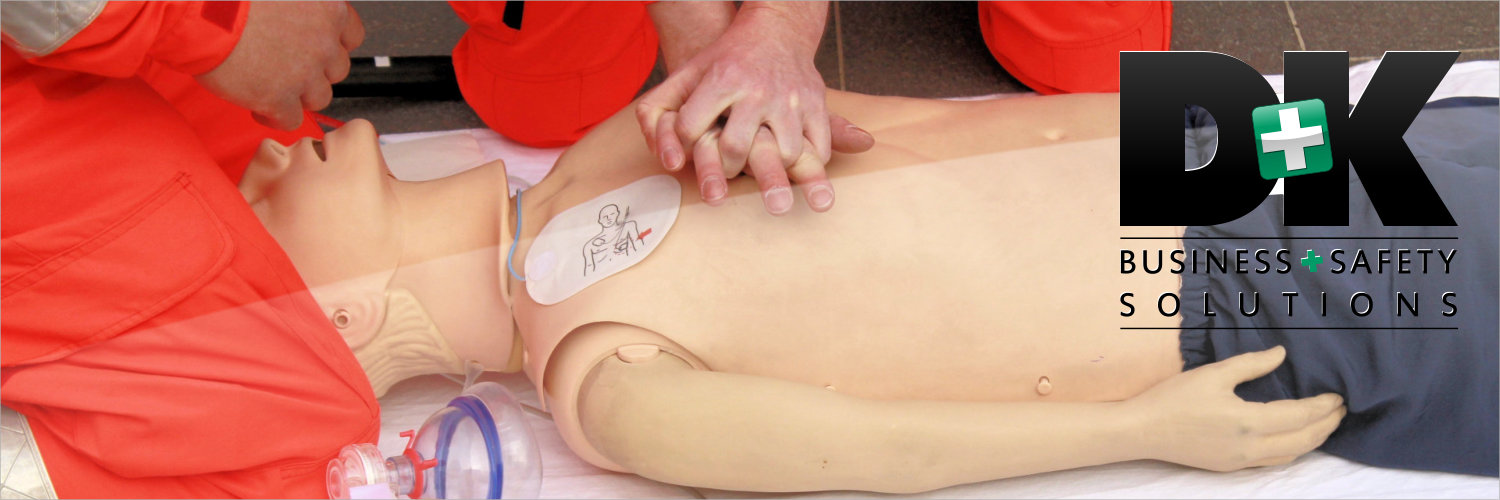The e-fluid and vape industry has risen in the course of recent years, to such an extent that it's practically unrecognizable from what it was.
For new vapers and those hoping to change from smoking, it's anything but easy to get confused by all of the different vape fluids available. If you want to buy liquid vape house then you can order it online and get it on your doorstep from Vape House Hawaii or you can visit various other sources.

So, in this guide, we're giving you all that you have to think about modern-day e-liquids to ensure you've got all the facts.
To put it simply, an e fluid contains nicotine (optional) and flavor. At the point when used with an E-Cigarette, it delivers nicotine to your body, similarly as a traditional cigarette would, but without the terrible taste, smell, and deadly toxins
You'll have heard it called various names and seen it spelled various ways, at the end of the day it's no different. So next time you hear or see vape juice, vape fluid, e-juice, or mod juice, you'll realize that it's basically just e fluid. All you have to know is that if the fluid goes in an Ecigarette device, then it's an e-liquid.
We realize that e fluid contains nicotine and flavor and that it's used in a vaping gadget. However, how can it turn fluid into something which we can inhale?
Well, it's simple. Most vape gadgets have 3 parts. A battery, a tank that sits on top, and a coil inside the tank. When vape fluid is added to the tank, it starts to soak the coil.

